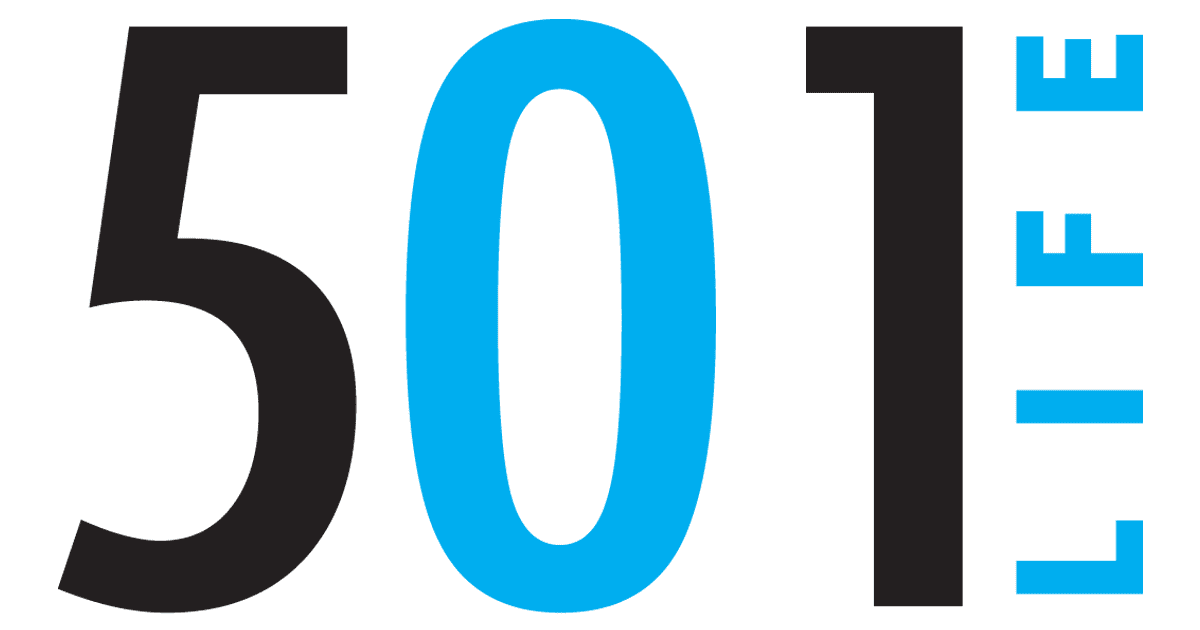
25 Aug 2016 Enjoying active senior living
by Mieke Corbitt
I know you’ve heard it all before — exercise is good for you. There is an abundance of research on what type of physical activity to perform, how long to perform it and even what intensity to perform it at. If you are suffering from information overload, I want you to walk away (pun intended) with this laid-back philosophy — JUST BE ACTIVE and START MOVING.
Being active can be as simple as performing basic exercises within the comfort of your home and using canned goods for weights to joining a local gym and attending the phenomenal senior classes.
Of course, before you begin any exercise program, consult a doctor, but some simple and fun options can include walking, water aerobics, yoga, golf, strength training and even dancing. You don’t have to purchase expensive equipment and can utilize your own body weight for the majority of the resistance training. You can even put a spin on activities you enjoy doing. For example, take pictures while walking along the bike trail and getting some fresh air.
Starting or maintaining a regular exercise routine may feel like a daunting task with preconceived notions that exercise is boring, you’re too old or frail, discouraged by illness or even not knowing how to begin. While these may seem like good reasons to slow down and take it easy as you age, they’re actually even better reasons to get moving.
Quoting my mother, Els Strickland, upon her retirement, “You’re never too old to reinvent yourself and ultimately change your life.” It is because of her that I’ve learned about the numerous resources available in the 501 area that are free or low cost. Some local options include the Silver Sneakers program (with insurance qualification), senior wellness and activity centers, local sports centers and free programming at the public library with beginner yoga and tai chi. To be honest, she is way more active than I am and is in the prime of her life!
Exercise is such an essential part of staying healthy throughout a lifetime and becomes even more important later in life to minimize the body changes that normally occur with aging. Some of these changes may include a decrease of muscle mass, bone strength, endurance, balance and flexibility. Healthy living through diet and exercise can decrease your risk of developing heart, lung and bone disease. Not only is exercise good for your body, it’s also good for mind, mood and memory. Now is the time to put yourself first.
Some myths about exercise and aging:
Myth 1: There’s no point starting now. I’m going to get old anyway and haven’t been able to work out in years.
Fact: Exercise and strength training help you look and feel younger and stay active longer. Regular physical activity lowers your risk for a variety of conditions, including Alzheimer’s and dementia, heart disease, certain cancers, high blood pressure and obesity. Exercise can boost energy, help maintain independence and manage symptoms of illness or pain.
Myth 2: Exercise puts me at risk of falling and possibly sustaining a fracture.
Fact: Regular exercise, by building strength and stamina, prevents loss of bone mass and improves balance, actually reducing the risk of falling.
Myth 3: I’m disabled. I can’t stand up to exercise.
Fact: Chair-bound individuals face special challenges but can lift light weights, stretch and do chair specific activities to increase range of motion, improve muscle tone and flexibility and promote cardiovascular health.
Some simple tips for getting started safely consist of:
Get medical clearance
Consider health concerns and recognize problems (before, during and after exercise)
Start slow and build up time and intensity with the program
Commit to an exercise schedule and put yourself first
Get a workout buddy — accountability is important
Stay motivated by focusing on short-term goals
Remember, it’s not just about adding years to your life; it’s also about adding life to your years. Take charge of your life and get involved! If you’re still unsure of how to proceed with a fitness program, ask your doctor about how physical therapy can help you. It brings physical therapists great joy to help you set goals, achieve them and graduate to a more independent program and healthier lifestyle.









